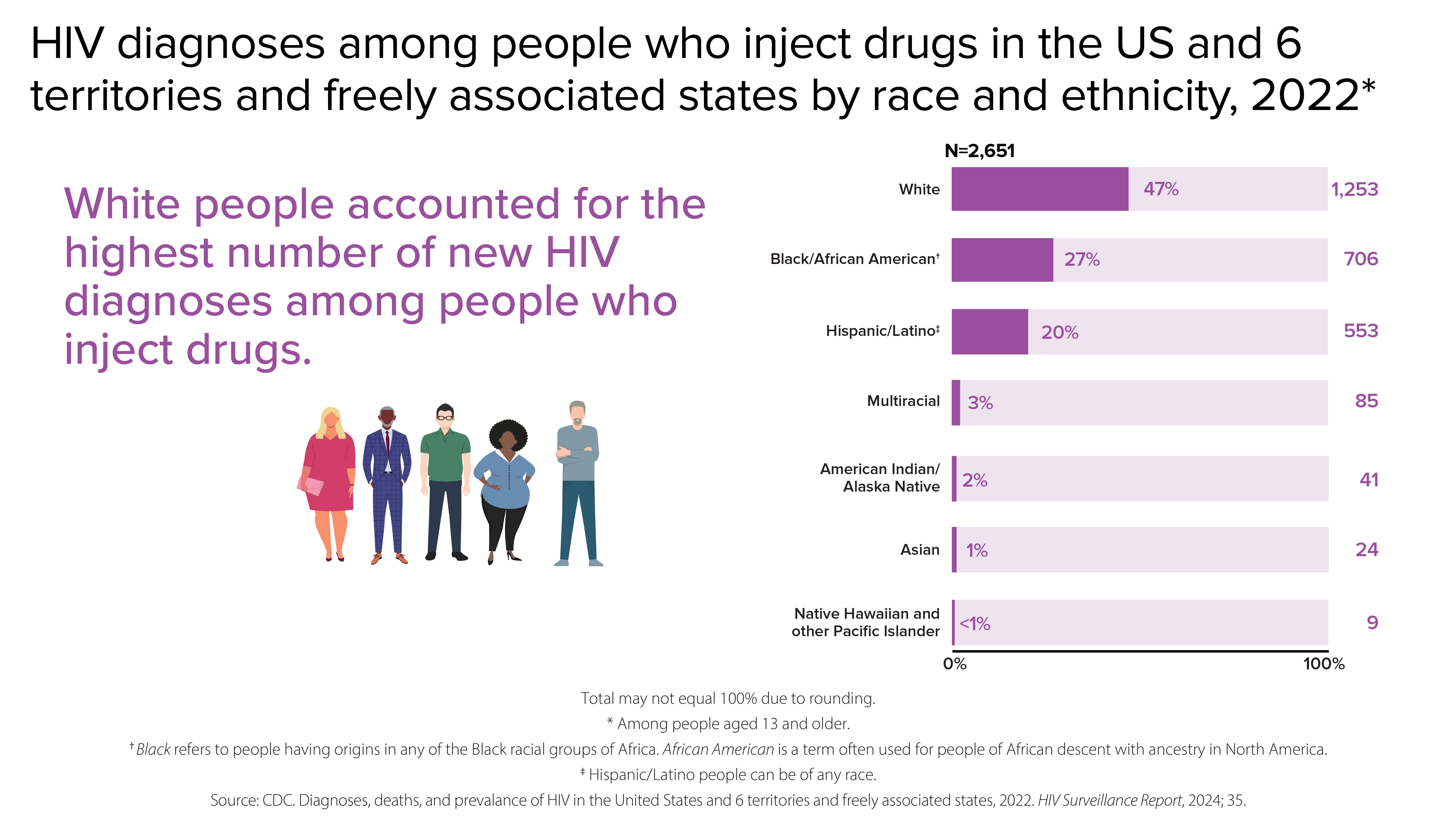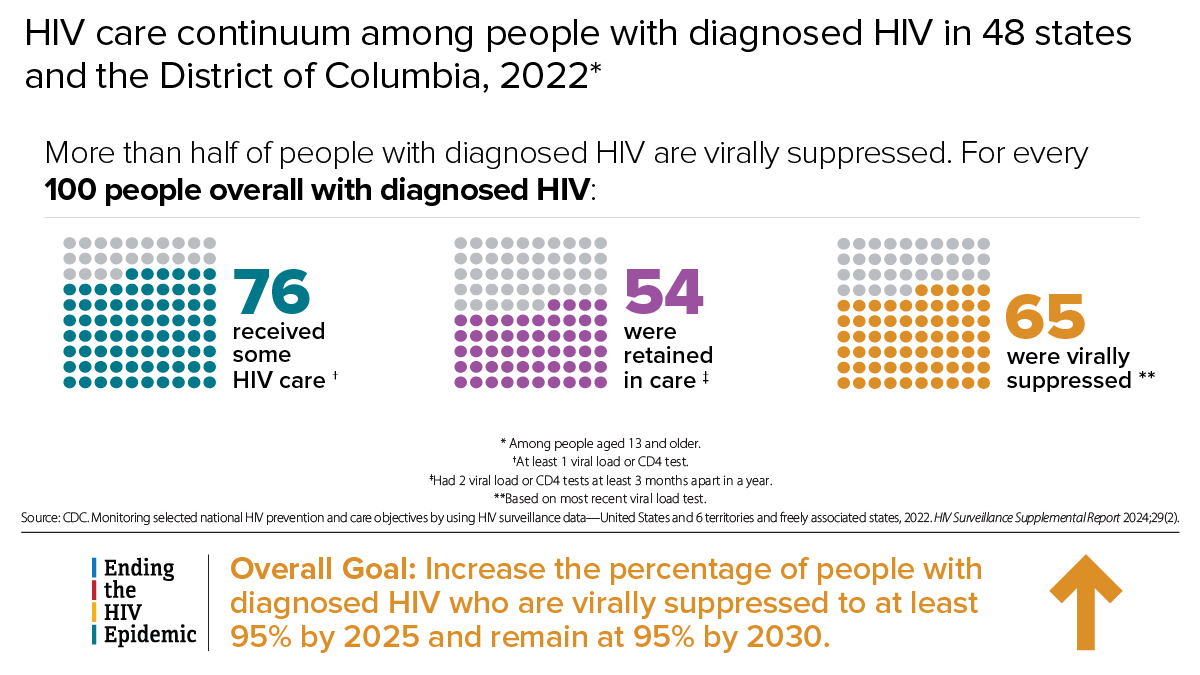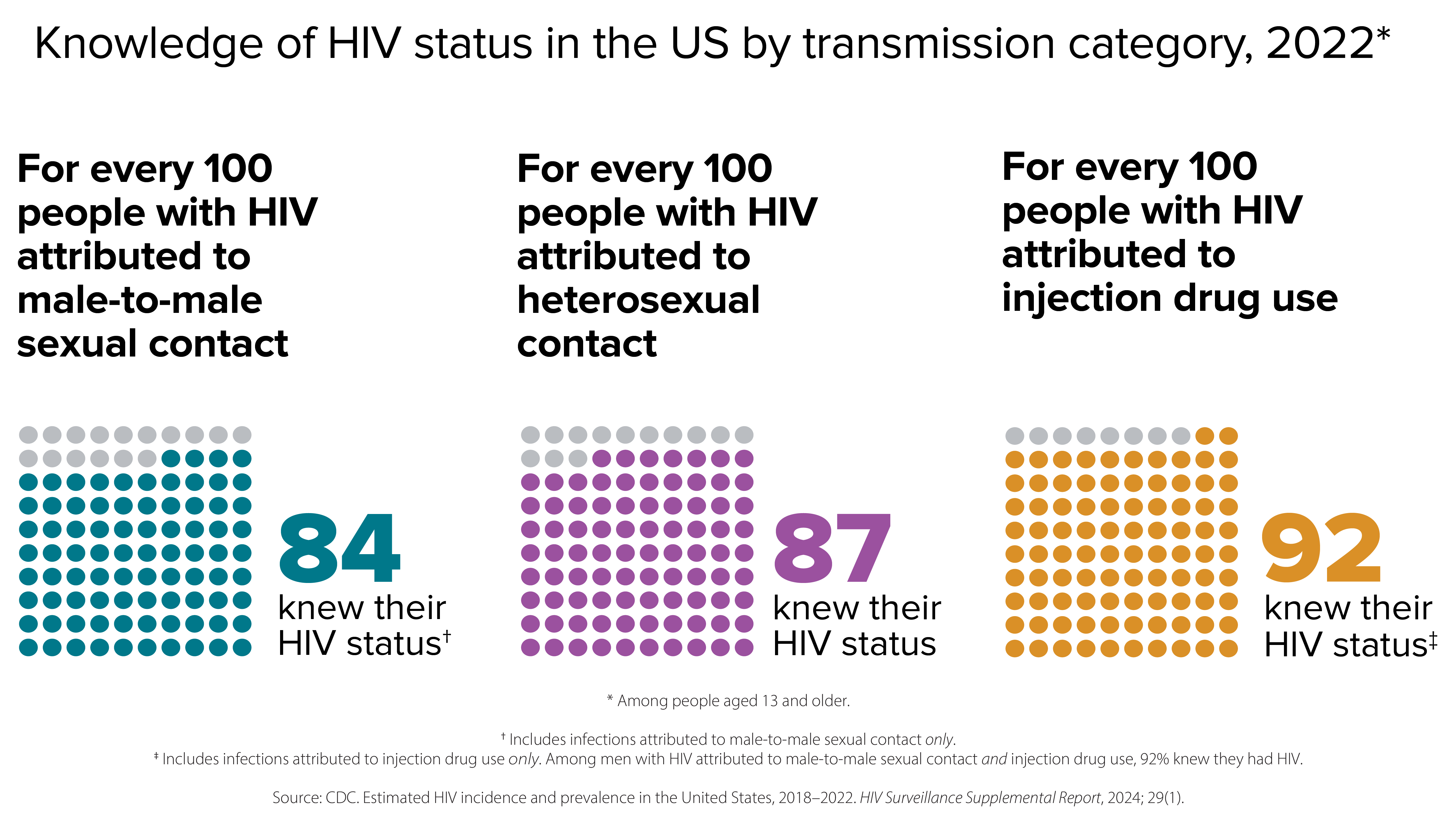Prevention Strategies and Modern Approaches
HIV prevention has evolved significantly with the introduction of innovative biomedical interventions alongside traditional behavioral approaches. Pre-exposure prophylaxis (PrEP) has revolutionized prevention for high-risk individuals, offering up to 99% effectiveness when taken consistently. This breakthrough represents a paradigm shift in how we approach HIV prevention.
Comprehensive prevention strategies now include combination approaches that address multiple risk factors simultaneously. These evidence-based interventions incorporate behavioral counseling, regular testing, treatment as prevention, and community-based outreach programs. The success of these programs depends on their ability to reach diverse populations and address specific community needs.
Education remains a cornerstone of HIV prevention, with modern campaigns utilizing digital platforms and social media to reach younger demographics. Interactive educational tools, mobile applications, and peer-to-peer networks have proven effective in disseminating accurate information and reducing stigma associated with HIV testing and treatment.




